9 Drama 1
1/32
There's no tags or description
Looks like no tags are added yet.
Name | Mastery | Learn | Test | Matching | Spaced |
|---|
No study sessions yet.
33 Terms
Dramatic Text
A script meant to be performed on stage; includes spoken dialogue and stage directions
Theatrical Performance
A live, multimedia realization of a dramatic text using voice, visuals, body language, and space
Collective Nature of Drama
Drama is created by a team—actors, directors, designers, technicians—working together
Multimedia Presentation
Theatrical drama engages multiple senses: acoustic (sound, music), visual (gesture, set), and sometimes others
Performance Uniqueness
Each theatrical performance is unique and cannot be exactly reproduced
Theatre Studies
Studies live performance: staging, acting, production techniques, and historical practices
Literary Studies
Analyzes dramatic texts as literature: structure, themes, language, and genre
Performance Criticism
Analyzes how a dramatic text suggests or relates to stage performance, or how it was actually performed
Stage Types Through History
Ancient Greek amphitheatres (Epidaurus), Renaissance apron stages (Globe), 17th-century indoor theatres (Blackfriars), modern picture-frame stages (proscenium)
Ancient Greek Amphitheatre
Large open-air theatres built into hillsides, like Epidaurus, with excellent acoustics and tiered seating
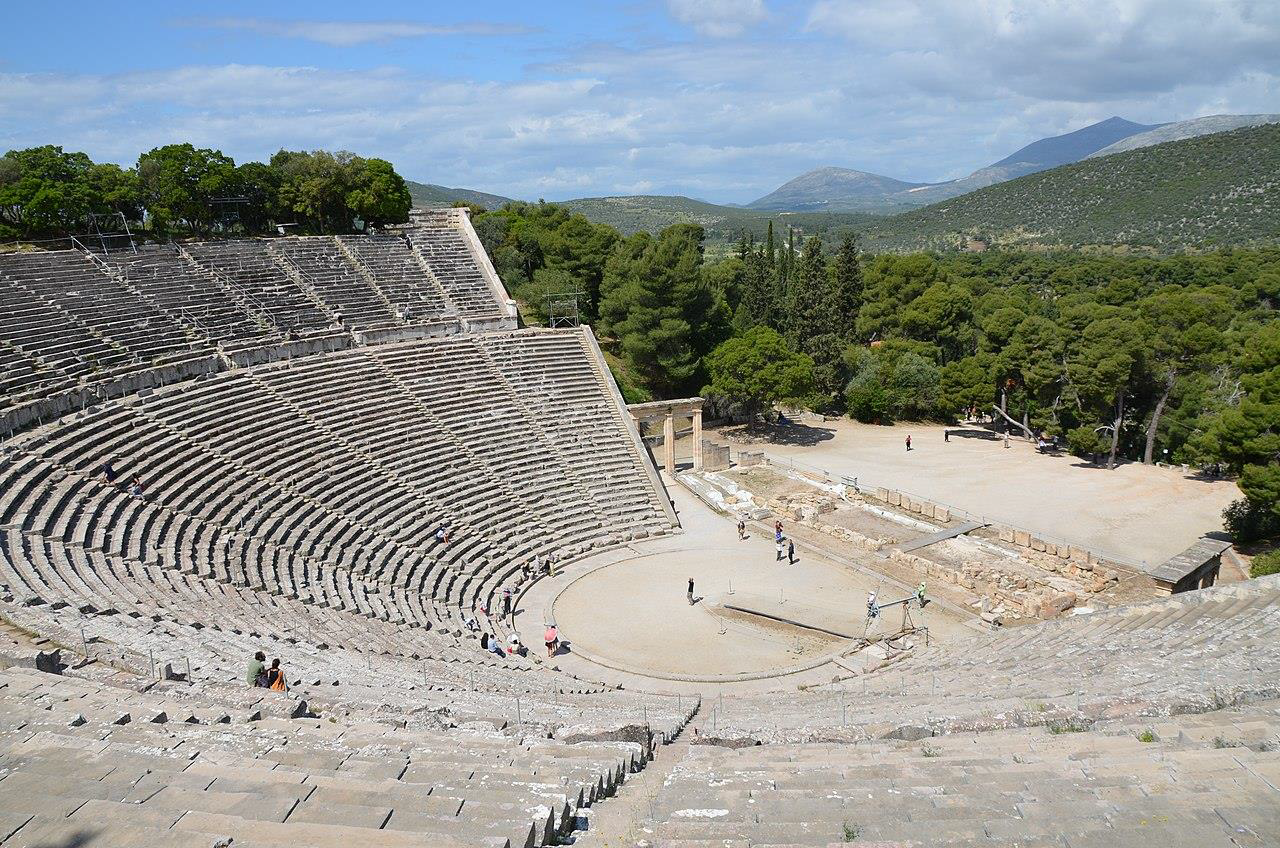
Apron Stage
Renaissance-era stage extending into the audience, like the Globe Theatre; surrounded on three sides
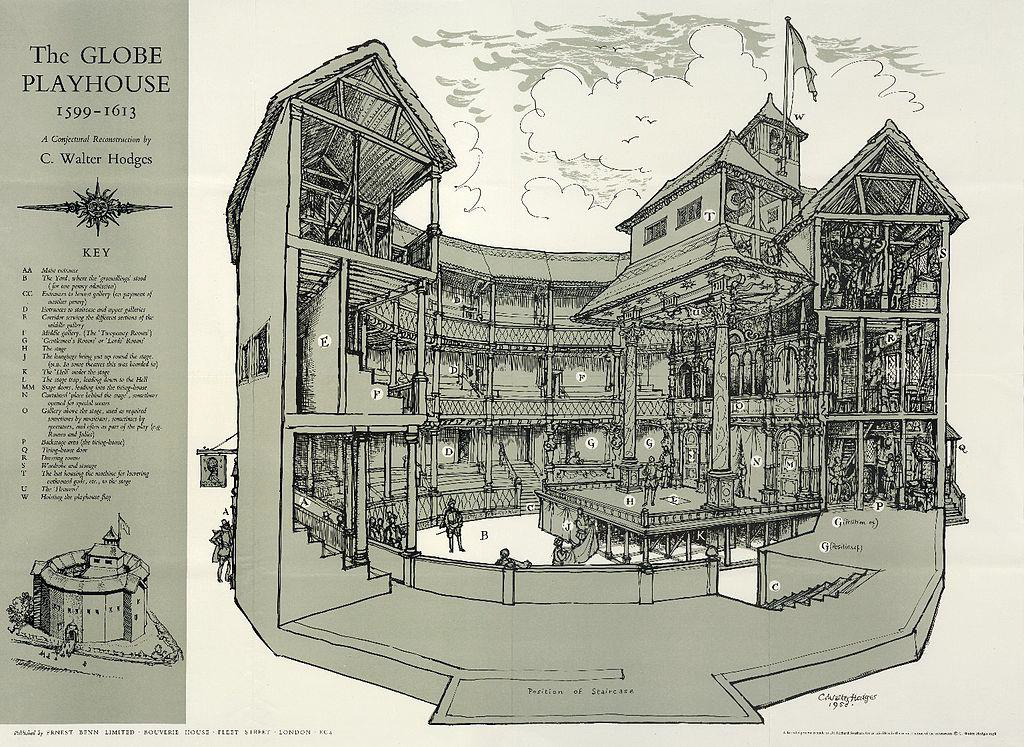
Indoor Theatre (17th Century)
Enclosed theatre with galleries and box seating, such as the Blackfriars Theatre; used candlelight and smaller space
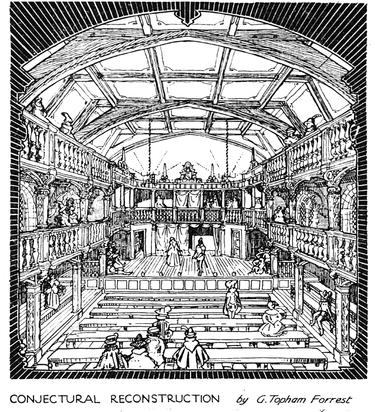
Picture-Frame Stage (Proscenium)
A modern theatre design with a framed opening through which the audience views the stage like a picture
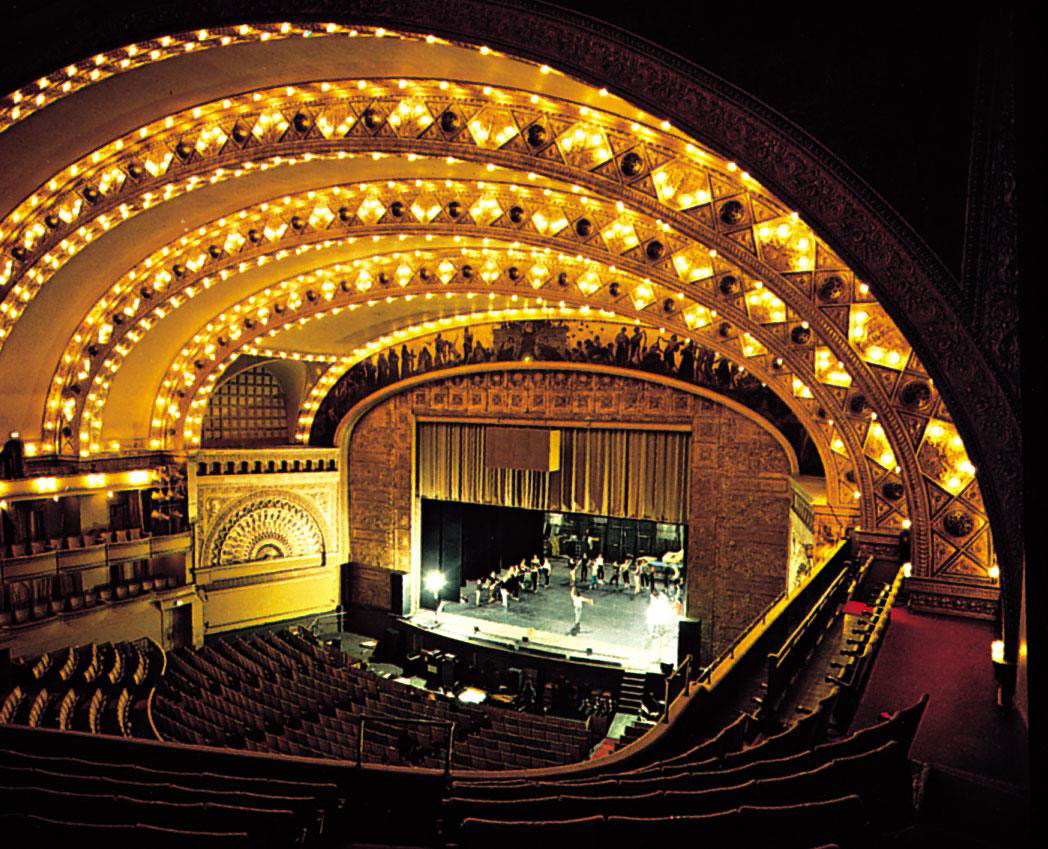
Communication in Drama
Includes intratextual (character-to-character) and extratextual (author-to-audience) communication
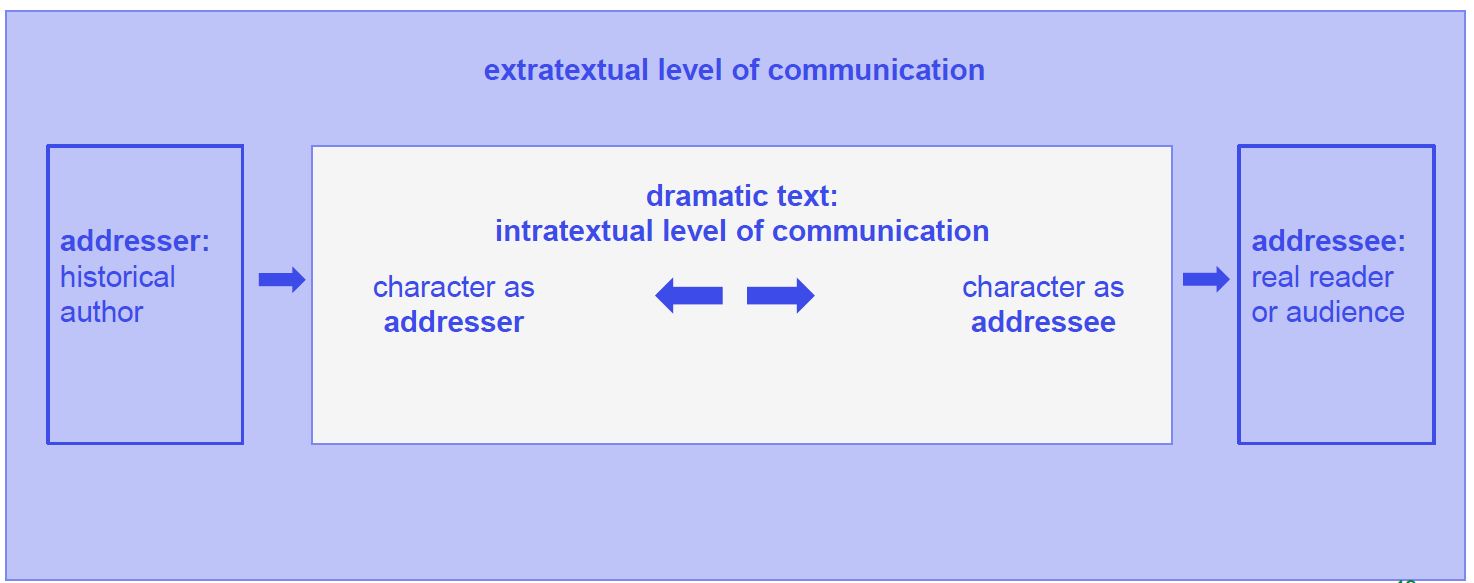
Intratextual Communication
The characters within the play talk to each other through dialogue
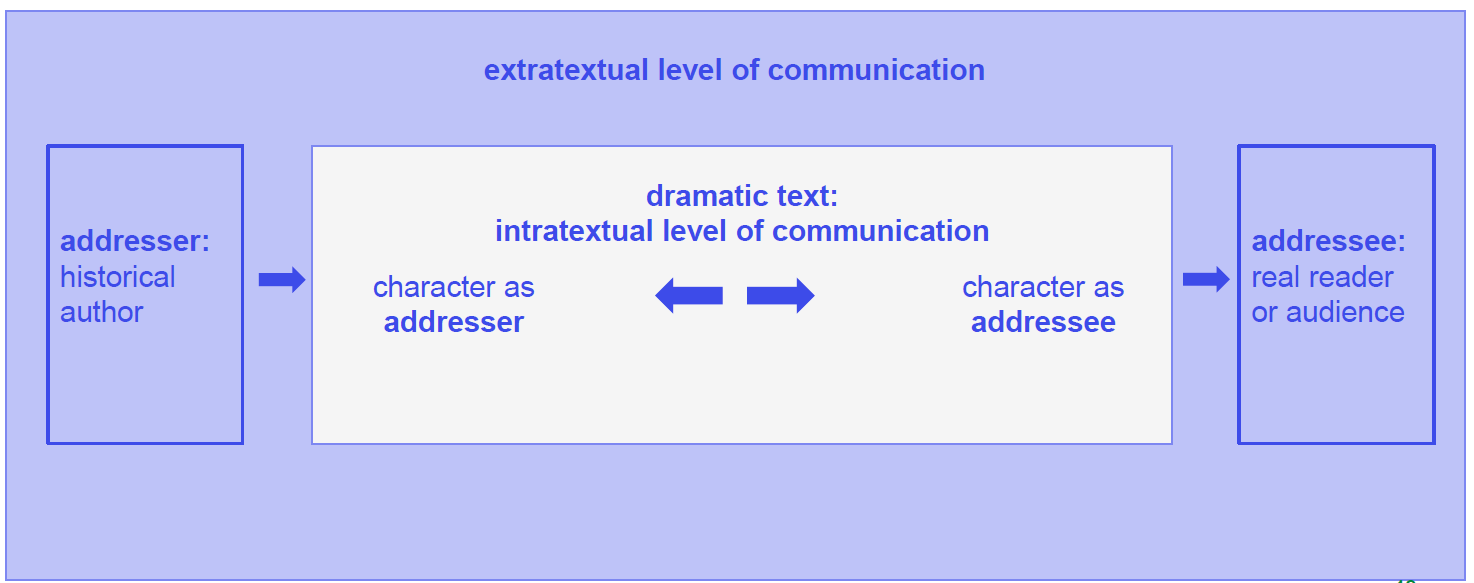
Extratextual Communication
The author communicates to the real-life audience or reader through the dramatic text
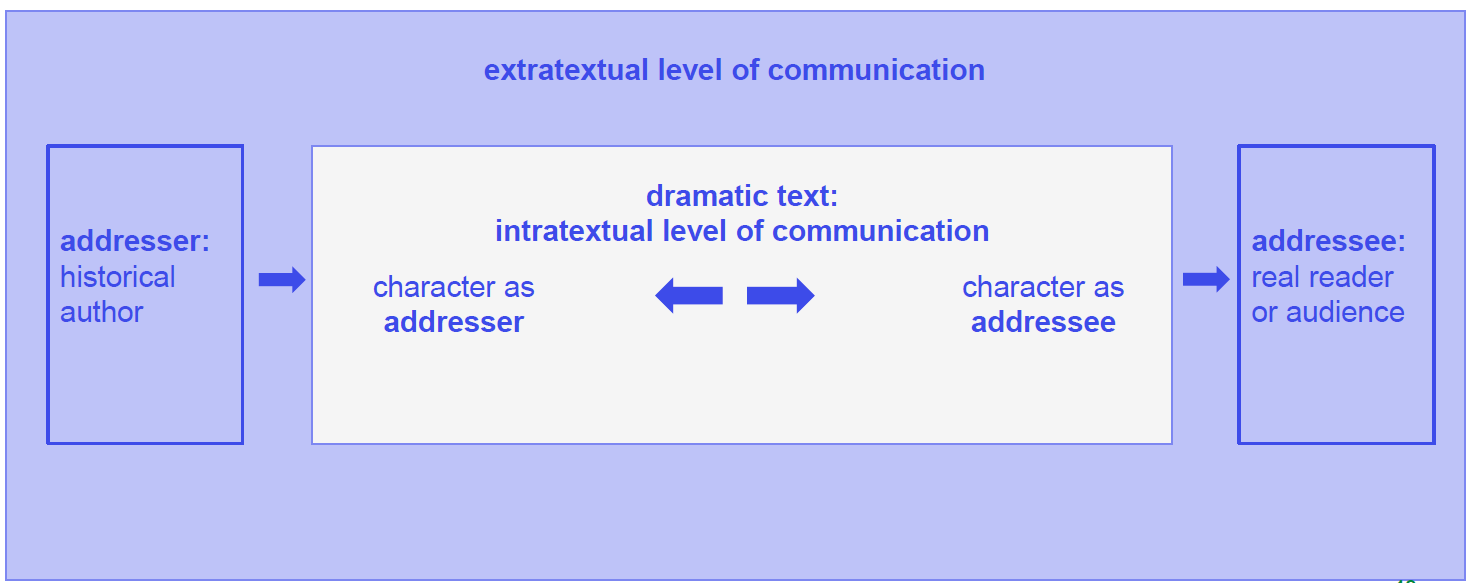
Overview of Dramatic Genres
Tragedy focuses on downfall, recognition, and catharsis; Comedy centers on ordinary people, wit, and happy resolutions
Tragedy (Aristotle)
A noble character falls due to a mistake (hamartia), leading to emotional purification (catharsis)
Hamartia
A tragic flaw or error in judgment causing the hero's downfall
Anagnorisis
Moment of recognition or realization of a critical truth by the tragic hero
Catharsis
Emotional release experienced by the audience through pity and fear
Comedy
Depicts ordinary people, often with mistaken identities and witty twists, ending in harmony or marriage
Comic Elements
Cross-dressing, trickery, mistaken identities, and surprise reversals are common
Textual Components
Primary text (spoken dialogue) and secondary text (stage directions, usually italicized)
Structural Units
Act (major division), Scene (subdivision by situation/characters), Prologue (intro), Epilogue (outro)
Prologue
An introductory speech or section before the action begins
Epilogue
A final speech, often directly addressing the audience at the end of the play
Overview of Dramatic Forms
Closed Form presents linear structure and emotional impact; Freytag’s Pyramid models a 5-act plot; Open Form is episodic, reflective, and often unresolved
Closed Form
Follows Aristotelian unities; has a beginning, middle, and end with resolution
Aristotelian Unities
Unity of action (one plot), time (within 24h), and place (one location)
Freytag’s Pyramid
Five-act structure: exposition, rising action, climax, falling action, catastrophe
Open Form
Breaks classical rules; episodic, fragmented, and often unresolved
Open Form Features
Scenes are loosely connected, focus is on reflection and reason rather than emotional closure